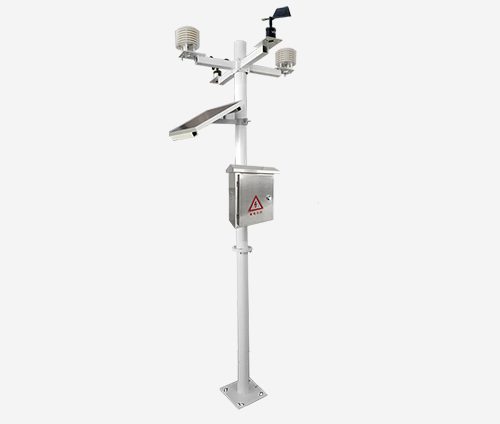Weather plays a crucial role in our daily lives, from planning outdoor activities to making important business decisions. Accurate and up-to-date weather information is essential for individuals, industries, and governments alike. To meet this demand, automatic weather stations have emerged as advanced devices that revolutionize weather monitoring. In this article, we will explore the significance of automatic weather stations and how they have transformed the way we observe and understand weather patterns.
Automatic weather station

An automatic weather station is a self-contained unit equipped with various instruments that collect and transmit meteorological data. These instruments include sensors for measuring temperature, humidity, wind speed and direction, barometric pressure, rainfall, and solar radiation. The AWS uses advanced technology and sophisticated algorithms to process and archive the collected data automatically, eliminating the need for manual intervention.
The advantages of automatic weather stations
One of the primary advantages of automatic weather stations is their ability to continuously monitor weather conditions with high accuracy and precision. Traditional weather monitoring methods relied heavily on manual measurements at fixed intervals, which were subject to human error and limited coverage. The AWS, on the other hand, provides real-time data collection, enabling meteorologists and researchers to obtain comprehensive and detailed weather information.

real-time data collection capability
The real-time data collection capability of automatic weather stations allows for early detection and prediction of severe weather events. By constantly monitoring changes in temperature, humidity, wind patterns, and barometric pressure, the AWS can provide timely warnings for thunderstorms, hurricanes, blizzards, and other potentially dangerous weather phenomena. This advanced warning system helps save lives and enables communities to prepare and respond effectively to such weather events.
Exceptional versatility
Furthermore, automatic weather stations offer exceptional versatility and adaptability to various environments. These stations can be deployed in remote and inaccessible locations, extreme weather conditions, and even on mobile platforms such as ships and airplanes. This flexibility allows for the monitoring of weather patterns in areas that were previously challenging or impossible to observe, expanding our knowledge and understanding of global weather systems.
Real-time transmission data
The AWS’s ability to transmit data in real-time is another significant advantage. The collected weather data is transmitted wirelessly or via satellite to central databases, meteorological agencies, and research institutions. This immediate access to comprehensive and up-to-date weather information enables weather forecasting models to be more accurate and provides valuable data for scientific research and climatic studies. It also allows for the development of customized weather applications for industries such as agriculture, aviation, and energy, optimizing operational efficiency and risk management.
Climate change research
Moreover, automatic weather stations contribute to climate change research and monitoring. The long-term, continuous measurements obtained by AWSs help scientists analyze climate patterns, detect trends, and assess the impact of human activities on the environment. This valuable information aids in the development of climate change mitigation and adaptation strategies, facilitating informed decision-making at the global level.
In addition to professional meteorologists and researchers, automatic weather stations benefit individuals and businesses on a daily basis. Weather information derived from AWSs is widely accessible to the public through websites, mobile applications, and other media outlets. This enables individuals to make informed decisions regarding outdoor activities, travel plans, and personal safety. Industries such as agriculture, construction, and transportation rely on AWS data to optimize operations, manage risks, and increase productivity.
Conclusion
The advent of automatic weather stations has revolutionized weather monitoring and forecasting. These advanced devices provide accurate, real-time, and comprehensive weather data, enhancing our ability to predict and respond to severe weather events. Automatic weather stations play a crucial role in various industries and scientific research, contributing to improved operational efficiency, risk management, and climate change mitigation. As technology continues to advance, the capabilities of AWSs will further expand, ushering in new possibilities for weather observation and understanding.
